3000 Ton 4 Column Hydraulic Press Machine
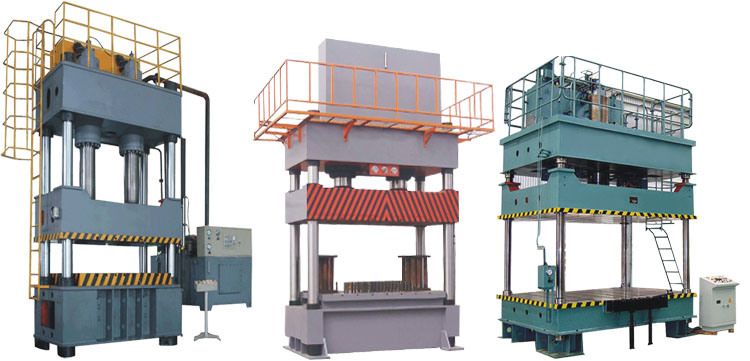
Creating a stainless steel product from scratch involves a complex process that combines engineering, technology, and precision. While millions of people use stainless steel products daily, few understand the detailed steps involved in their production. The manufacturing process is fascinating and highlights how far our material processing capabilities have advanced since the Industrial Revolution. Here are the six most important stages in the production of a stainless steel product:
1) Material Handling
Uncoiler: This machine is used at the start of the production line to hold and safely unroll the steel strip. It controls the speed and direction of the metal as it unwinds from the coil and moves into the next stage of processing, such as slitting or entering a tube mill.
2) Forming
Deep Drawing Press: In this phase, semi-finished steel shapes undergo various forming operations. For example, stainless steel is hot rolled by heating it and passing it through large rolls. Blooms and billets are transformed into bars and wires, while slabs become plates, strips, or sheets. Bars are one of the most versatile forms of stainless steel due to their availability in multiple grades and sizes, making them suitable for a wide range of applications.
3) Heat Treatment
Annealing Furnaces: During this step, stainless steel is subjected to an annealing process. This involves heating and cooling the material in a controlled environment to relieve internal stress and improve its workability. Careful control of temperature, pressure, duration, and cooling rate is essential to ensure high-quality results.
4) Descaling
Pickling: After annealing, a layer of scale may form on the surface of the stainless steel. Pickling is a common method used to remove this scale, ensuring a clean and smooth finish before further processing.
5) Cutting and Punching
The semi-finished, heat-treated, and descaled stainless steel is cut into specific shapes using mechanical methods like guillotine knives, blanking, nibbling, and high-speed blades. This stage also includes creating tap holes and overflow channels.
6) Finishing and Polishing
Polishing Machine: The final step involves finishing and polishing to achieve a visually appealing and smooth surface. This is especially important for sanitary applications where cleanliness and aesthetics are crucial.
Hydraulic Press – 4 Column Hydraulic Sheet Metal Deep Drawing
Features:
1. A hydraulic machine that uses hydrostatic pressure to process materials such as metal, plastic, rubber, wood, and powder.
2. Widely used in pressing and forming processes, including forging, stamping, cold extrusion, straightening, bending, flanging, sheet metal deep drawing, powder metallurgy, and press-fit operations.
3. Offers significant technical and economic advantages, such as reducing weight, minimizing parts and molds, improving stiffness and strength, and lowering production costs.
SPECS of Yz33
| Model | Unit | Yz33-25T | Yz33-50T | Yz33-63T | Yz33-100T | Yz33-160T | Yz33-250T | |
| Clamping Force | KN | 250 | 500 | 630 | 1000 | 1600 | 2500 | |
| Working Layer | Qty | 2~4 | 2~4 | 2~4 | 2~4 | 2~4 | 2~4 | |
| Piston Stroke | mm | 180 | 250 | 250 | 250/250 | 250/250 | 500 | |
| Heating Platen Daylight | mm | 90 | 125 | 125 | 125 | 125 | 125 | |
| Heating Platen Size | Left-right | mm | 350 | 400 | 500 | 600 | 750 | 900 |
| Front-back | mm | 350 | 400 | 500 | 600 | 850 | 900 | |
| Heating Plate Power | KW | 1.5 | 2.2 | 3 | 7.5 | 11 | 15 | |
| Motor Power | KW | 7.2 | 9 | 10.8 | 33.75 | 45 | 45 | |
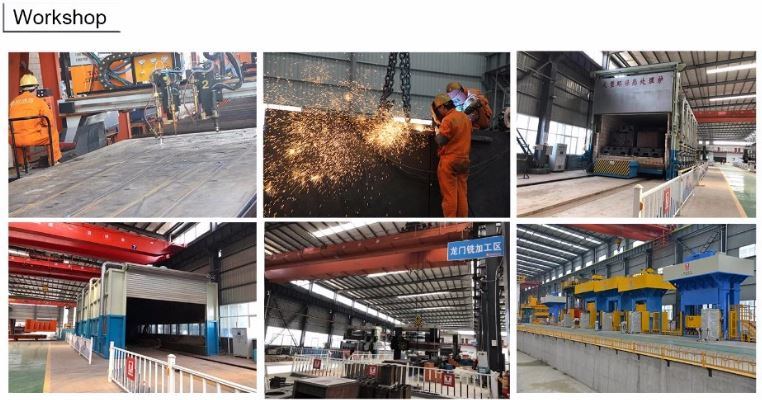
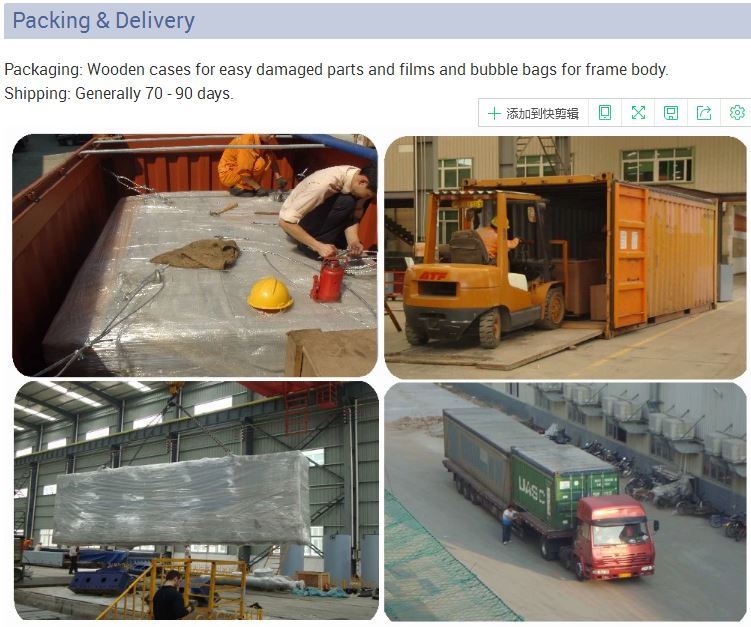
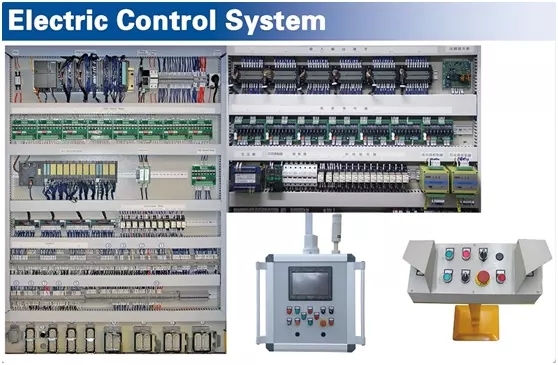

FAQ
1. How can I choose the most suitable machine?
A: Please provide your specifications, and we will recommend the best model for you. You can also send us your product drawings, and we will help select the ideal machine.
2. What are your main products?
A: We specialize in a wide range of machines, including 1-16000T Hydraulic Presses, SMC/BMC/GMT/DMC/LFT/GRP/FRP Presses, Hydraulic Deep Drawing Presses, Hydraulic Forging Presses, and Metalworking/Stamping Presses.
3. Where is your factory located? How can I visit?
A: Our factory is located in Jiaomei City, Fujian Province, China. We warmly welcome you to visit us.
4. What is your MOQ?
A: 1 set (some low-cost models may require more than 1 set).
5. What is your delivery time?
A: Typically 90 days. The exact time depends on the order quantity and product type. We sometimes have stock available.
6. Do you test all goods before delivery?
A: Yes, we perform 100% testing before shipping.
7. How do you build long-term business relationships?
A: 1. We maintain high quality and competitive pricing to ensure customer benefits;
2. We treat every customer as a friend and conduct business sincerely, regardless of their location.
Certificate
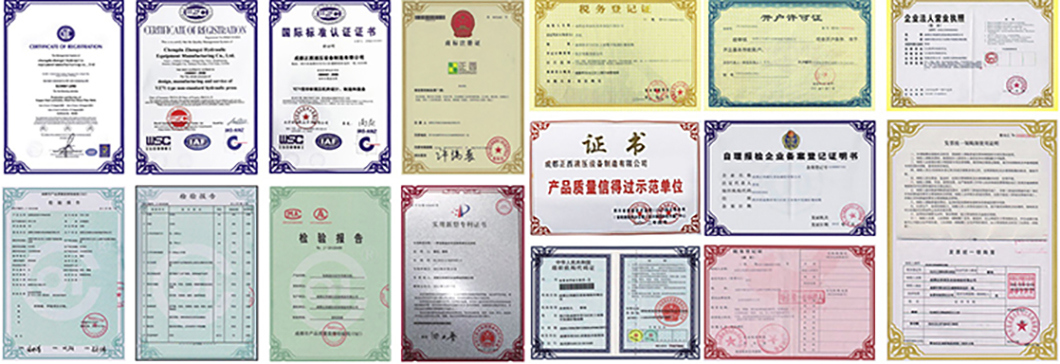
Single Or Multiple Rotor Air Classifier
â—† Fine chemicals, ceramics, abrasions and refractorials] Typical materials are: garnet silicon carbide, corundum, cerium oxide, alumina, boron carbide, tungsten carbide, emery, etc.
â—† Food, medicine and health care products] Typical materials are: pollen, hawthorn, pearl powder, stomach medicine, nimodipine, antibiotics, contrast drugs, Ganoderma lucidum, Gallnut, multiflorum multiflorum, etc. :
â—† Magnetic powder, mobile phone electromagnetic powder, photocopying toner and electronic materials Typical materials are: lead battery, nickel-chromium battery, nickel-manganese battery, ferrite, manganese tetroxide, manganese dioxide, lithium cobalt, lithium manganate, carbon, etc.
â—† Non-metallic ore and powder metallurgy] Typical materials are: quartz, barite, kaolinite, high calcium, talc, mica, graphite, wollastonite, etc.
â—† Reflective materials, pigments, dyes and powder coatings] Typical materials are: iron oxide, titanium dioxide, glass beads, etc. :
â—† Pesticide, feed and biological materials
Air Classifier,single rotor air classifier,double rotor air classifier fine chemicals,ceramics,Abrasions air classifier
Shandong Jing Xin Powder Equipment Technology Co., Ltd. , https://www.jxpowder.com